Home>Gardening & Outdoor>Landscaping Ideas>When To Plant Grass In Pennsylvania
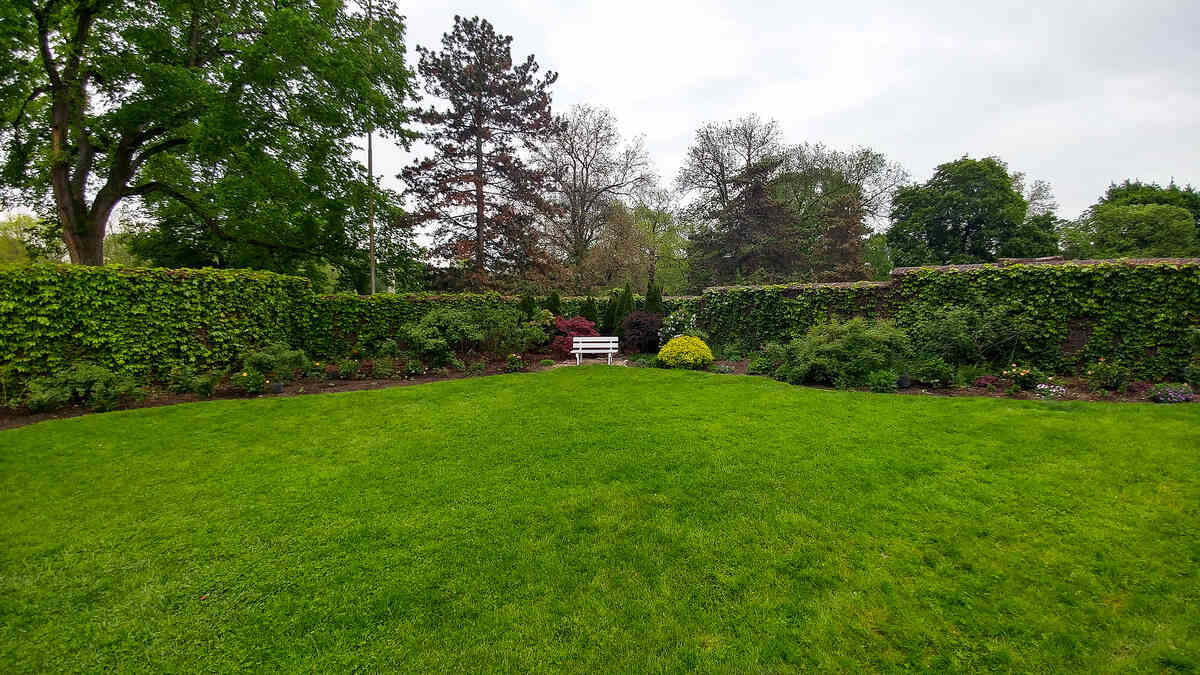

Landscaping Ideas
When To Plant Grass In Pennsylvania
Modified: August 16, 2024
Discover the best times for planting grass in Pennsylvania and get expert landscaping ideas to achieve a lush, vibrant lawn. Explore our tips for successful lawn establishment.
(Many of the links in this article redirect to a specific reviewed product. Your purchase of these products through affiliate links helps to generate commission for Storables.com, at no extra cost. Learn more)
Introduction
Welcome to the beautiful state of Pennsylvania, where lush green landscapes and vibrant lawns are a testament to the love and care that residents put into their outdoor spaces. Whether you’re a seasoned homeowner or a first-time gardener, understanding the nuances of planting grass in Pennsylvania is essential for achieving a healthy and thriving lawn. In this guide, we’ll explore the best practices for planting grass in Pennsylvania, including the ideal types of grass, the optimal time for planting, and the necessary steps for soil preparation and maintenance. By the end of this article, you’ll be equipped with the knowledge and confidence to cultivate a stunning lawn that will be the envy of your neighborhood.
Key Takeaways:
- Pennsylvania’s diverse climate calls for cool-season grasses like Kentucky bluegrass and fescue, best planted in early fall or late spring for a thriving lawn that withstands the state’s seasonal changes.
- Preparing the soil and providing diligent care are crucial for successful grass planting in Pennsylvania. With the right grass varieties and timing, you can cultivate a lush and resilient lawn.
Read more: When To Start Cutting Grass In Pennsylvania
Understanding the Climate in Pennsylvania
Before diving into the specifics of planting grass in Pennsylvania, it’s crucial to grasp the unique climate that characterizes the state. Pennsylvania experiences a diverse climate, with the eastern regions leaning towards a humid subtropical climate while the western areas tend to have a humid continental climate. This variation means that the weather patterns can differ significantly across the state.
Winters in Pennsylvania are generally cold, with average temperatures ranging from 22°F to 35°F. Snowfall is common, particularly in the western and northern regions, where the snow cover can persist for several months. In contrast, summers are warm and can occasionally be hot and humid, with average temperatures ranging from 70°F to 80°F. The variation in temperature and precipitation between seasons underscores the importance of selecting grass varieties that can withstand these diverse conditions.
Furthermore, Pennsylvania experiences a moderate amount of rainfall throughout the year. The eastern part of the state tends to receive more precipitation compared to the western regions. Understanding the precipitation patterns is crucial when planning the watering schedule for newly planted grass and maintaining an established lawn.
By familiarizing yourself with the climate of Pennsylvania, you can make informed decisions when choosing the most suitable grass types and determining the optimal timing for planting. This knowledge will set the foundation for a successful lawn that can thrive in Pennsylvania’s unique environmental conditions.
Types of Grass Suitable for Pennsylvania
When it comes to selecting the right grass for your Pennsylvania lawn, several factors come into play, including the climate, soil type, and the level of maintenance you’re willing to undertake. In Pennsylvania, cool-season grasses are the top choice due to the state’s climate, which features cold winters and warm summers. Cool-season grasses thrive in temperatures between 60°F and 75°F, making them well-suited to Pennsylvania’s weather patterns.
Here are some of the most popular cool-season grass varieties that are suitable for Pennsylvania:
- Kentucky Bluegrass: Known for its lush, dark green color and fine texture, Kentucky bluegrass is a popular choice for Pennsylvania lawns. It is well-adapted to the state’s climate and exhibits good tolerance to foot traffic.
- Fescue (Tall, Fine, and Chewings): Fescue grasses are valued for their durability and ability to thrive in a variety of soil types. Tall fescue, fine fescue, and chewings fescue are all viable options for Pennsylvania lawns, offering different attributes to suit various landscaping needs.
- Perennial Ryegrass: With its rapid germination and establishment, perennial ryegrass is often included in grass seed blends for Pennsylvania lawns. It provides excellent wear tolerance and contributes to the overall resilience of the turf.
Each of these grass species has its own unique characteristics, ranging from drought tolerance to shade resistance, allowing homeowners to select the most suitable option based on their specific lawn requirements.
Understanding the attributes of each grass type and how they align with your lawn’s needs is essential for achieving a thriving and visually appealing grass cover. By choosing the right grass variety, you can lay the groundwork for a resilient and attractive lawn that will endure the varying seasons of Pennsylvania.
Best Time to Plant Grass in Pennsylvania
Timing is crucial when it comes to planting grass in Pennsylvania. The optimal window for seeding or overseeding your lawn largely depends on the type of grass you’re planting and the prevailing weather conditions. Generally, the two primary periods for planting grass in Pennsylvania are early fall and late spring.
Early Fall: The period from late August to mid-September is considered the best time to plant grass in Pennsylvania. During this time, the soil is still warm from the summer months, which facilitates the germination of grass seeds. Additionally, the cooler temperatures and more frequent rainfall create favorable conditions for the new grass to establish strong roots before the onset of winter.
Late Spring: If you miss the early fall window, late spring, from mid-April to late May, presents another opportunity to plant grass in Pennsylvania. As the soil warms up and the threat of frost diminishes, this period allows for successful germination and robust growth before the heat of summer sets in.
It’s important to note that the best time for planting grass can vary based on the specific grass species you intend to sow. For instance, Kentucky bluegrass and fine fescue are ideally planted in early fall, while perennial ryegrass can be successfully planted in both early fall and late spring. Understanding the unique characteristics and growth patterns of the grass varieties will help you make an informed decision regarding the most suitable planting time for your lawn.
By aligning your grass planting activities with the optimal timing for your chosen grass species, you can maximize the chances of establishing a healthy and vibrant lawn that will thrive in Pennsylvania’s climate.
The best time to plant grass in Pennsylvania is in the early fall, between mid-August and mid-September. This allows the grass to establish strong roots before the winter and gives it a head start for the following spring.
Preparing the Soil for Planting
Before sowing grass seed in Pennsylvania, it’s essential to prepare the soil to create an optimal environment for seed germination and root development. The following steps will guide you through the soil preparation process:
- Clear the Area: Begin by clearing the designated area of any debris, rocks, or existing vegetation. This can be done using a rake or a specialized turf cutter, ensuring that the soil surface is free from obstructions that could impede seed-to-soil contact.
- Test the Soil: Conduct a soil test to assess its pH level and nutrient content. This information will guide the application of soil amendments, such as lime or fertilizer, to create an optimal growing environment for the grass.
- Aerate the Soil: If the soil is compacted, aerate it using a core aerator to alleviate compaction and improve air and water penetration. This step promotes healthier root development and overall turf vigor.
- Apply Soil Amendments: Based on the results of the soil test, apply lime to adjust the pH if necessary. Additionally, incorporate a balanced fertilizer to provide essential nutrients that support initial grass growth.
- Level the Soil: Use a garden rake or leveling tool to even out the soil surface, addressing any uneven areas and creating a smooth and uniform base for seeding.
- Seed Bed Preparation: Rake the soil to create a fine seed bed, breaking up large clumps and ensuring a loose, friable texture that is conducive to seed germination and establishment.
By meticulously preparing the soil before planting grass, you create an environment that is conducive to successful seed germination and robust grass growth. This foundational step sets the stage for a healthy and resilient lawn that will flourish in the diverse climate of Pennsylvania.
Planting Grass Seed in Pennsylvania
Once the soil is diligently prepared, it’s time to proceed with planting the grass seed. The following guidelines will help you navigate the process of sowing grass seed in Pennsylvania:
- Choose High-Quality Seed: Select a high-quality grass seed blend that is well-suited to Pennsylvania’s climate and your specific lawn requirements. Look for a mix that includes varieties known for their adaptability to the state’s weather patterns and soil conditions.
- Even Seed Distribution: Use a seed spreader or a handheld spreader to evenly distribute the grass seed across the prepared soil surface. This ensures uniform coverage and promotes consistent germination and growth.
- Seed Depth: Lightly rake the seeded area to ensure that the grass seed is in firm contact with the soil. The ideal seeding depth for most grass species is around 1/4 to 1/2 inch. Avoid burying the seeds too deeply, as this can impede germination.
- Watering: After seeding, gently water the area using a fine mist or a gentle spray attachment to avoid displacing the seeds. Keep the soil consistently moist but not waterlogged to support germination. This may require light, frequent watering to prevent the soil from drying out during the critical germination phase.
- Protecting the Seeded Area: Consider covering the seeded area with a thin layer of straw or mulch to help retain moisture and prevent erosion. This protective layer also shields the seeds from birds and other potential disturbances.
By following these steps, you can ensure that the grass seed is effectively sown and provided with the best conditions for successful germination and establishment. With proper care and attention during the initial stages, you can set the stage for a lush and healthy lawn that will thrive in the diverse climate of Pennsylvania.
Caring for Newly Planted Grass
After planting grass seed in Pennsylvania, diligent care is essential to support the germination and establishment of the new grass. The following practices will help nurture the newly planted grass and foster its healthy growth:
- Regular Watering: Maintain consistent soil moisture to support seed germination and early growth. Water the newly seeded area lightly and frequently, keeping the soil consistently moist but avoiding waterlogging. This is especially crucial during the initial weeks after planting.
- Monitoring Germination: Keep a close eye on the seeded area to monitor the germination progress. With proper watering and care, you should start to see the emergence of delicate grass seedlings within a couple of weeks.
- Gradual Transition to Mowing: As the new grass reaches a height of around 3 to 4 inches, consider mowing it for the first time. Ensure that the mower blades are sharp and set to a higher cutting height to avoid stressing the young grass.
- Applying Starter Fertilizer: After the grass has germinated and established, consider applying a starter fertilizer to provide essential nutrients that support healthy growth and root development.
- Minimize Foot Traffic: Limit foot traffic on the newly planted grass to prevent soil compaction and potential damage to the delicate seedlings. Minimizing disturbances allows the grass to establish strong roots and develop a robust turf.
- Overseeding Bare Patches: If certain areas exhibit sparse growth or bare patches, consider overseeding these areas to promote a denser and more uniform lawn cover.
By providing attentive care and adhering to these best practices, you can nurture the newly planted grass to ensure its successful establishment and long-term vitality. With proper maintenance and ongoing care, your Pennsylvania lawn will flourish, creating a verdant and inviting outdoor space for years to come.
Conclusion
Cultivating a lush and vibrant lawn in Pennsylvania is a rewarding endeavor that begins with a deep understanding of the state’s climate and the best practices for planting and caring for grass. By selecting suitable grass varieties, timing the planting process effectively, and meticulously preparing the soil, you can lay the foundation for a resilient and visually appealing lawn that thrives in Pennsylvania’s diverse weather conditions.
Understanding the climate nuances of Pennsylvania, from its cold winters to warm summers and moderate rainfall, empowers homeowners to make informed decisions when choosing the most suitable grass types for their lawns. Whether it’s the enduring Kentucky bluegrass, the versatile fescue varieties, or the resilient perennial ryegrass, each grass species offers unique attributes that cater to different landscaping needs.
Timing plays a pivotal role in the success of grass planting endeavors, with early fall and late spring emerging as the optimal periods for seeding or overseeding lawns in Pennsylvania. By aligning planting activities with the ideal timing for specific grass species, homeowners can maximize the chances of establishing a healthy and thriving lawn that withstands the seasonal fluctuations of the state’s climate.
Furthermore, diligent soil preparation and attentive care for newly planted grass are essential components of the process. By clearing the area, testing and amending the soil, and ensuring even seed distribution, you create an environment that nurtures successful seed germination and robust grass growth. Ongoing care, including regular watering, monitoring germination, and providing essential nutrients, sets the stage for a vibrant and resilient lawn that will be the pride of your property.
With these insights and best practices, you are well-equipped to embark on your grass planting journey in Pennsylvania, confident in your ability to create a stunning and enduring lawn that enhances the beauty of your outdoor space and provides a welcoming environment for leisure and recreation.
Frequently Asked Questions about When To Plant Grass In Pennsylvania
Was this page helpful?
At Storables.com, we guarantee accurate and reliable information. Our content, validated by Expert Board Contributors, is crafted following stringent Editorial Policies. We're committed to providing you with well-researched, expert-backed insights for all your informational needs.
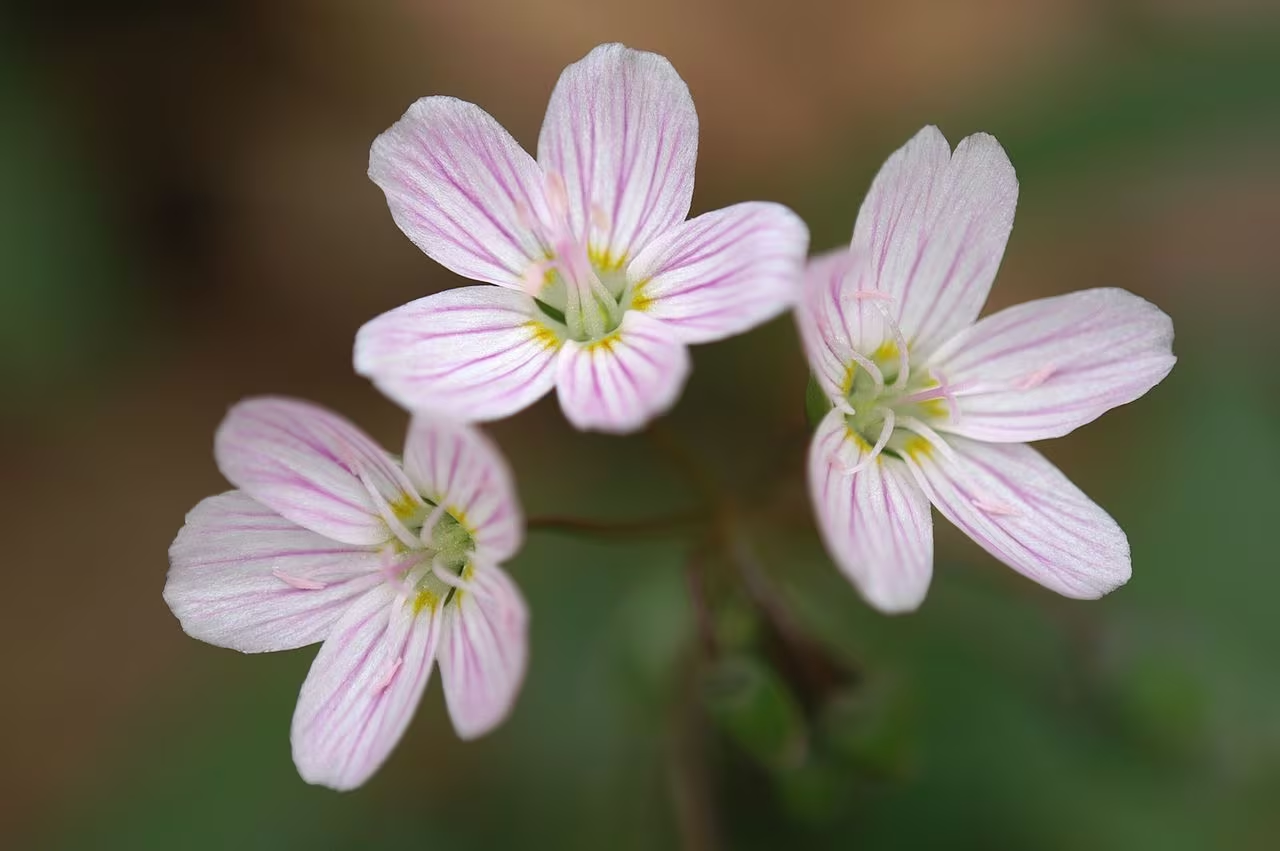

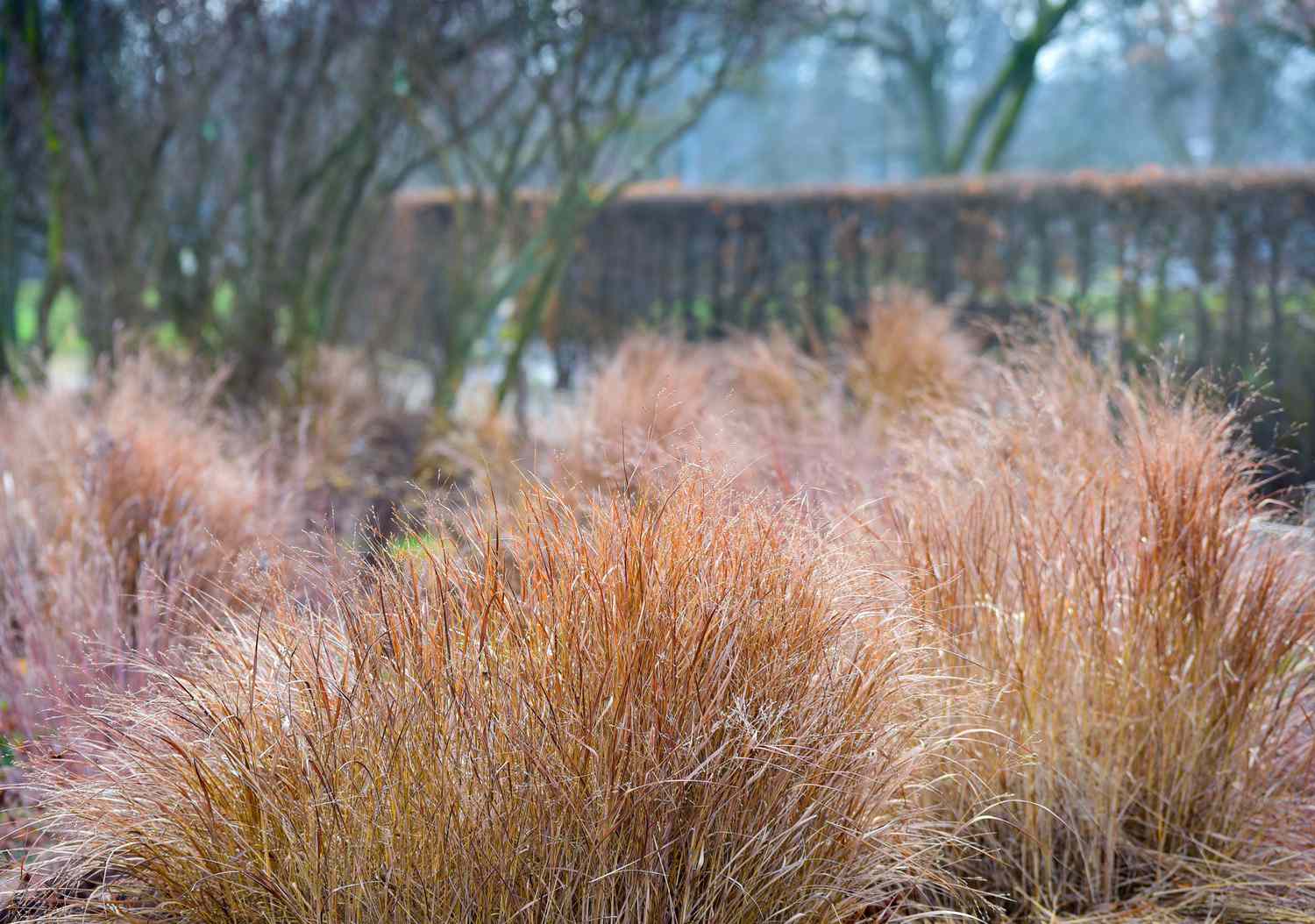
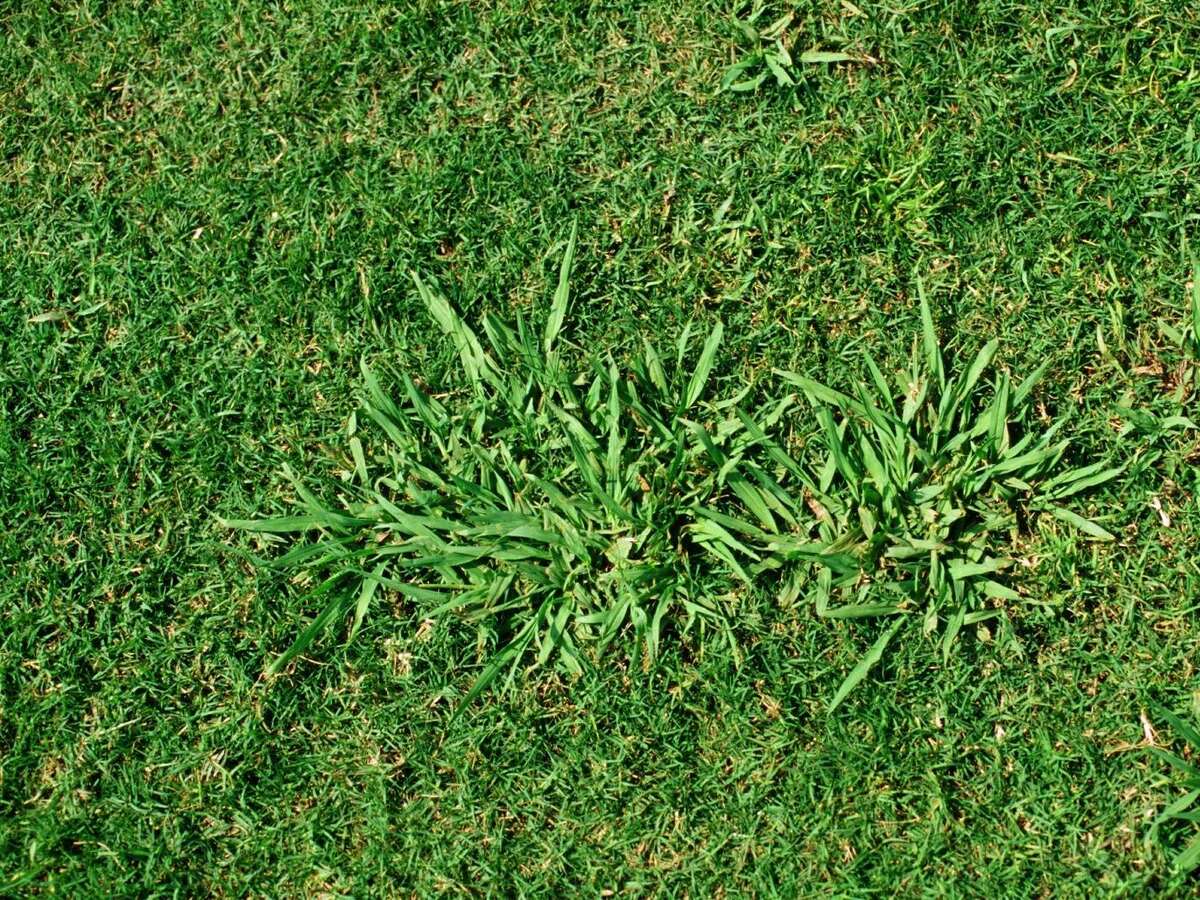
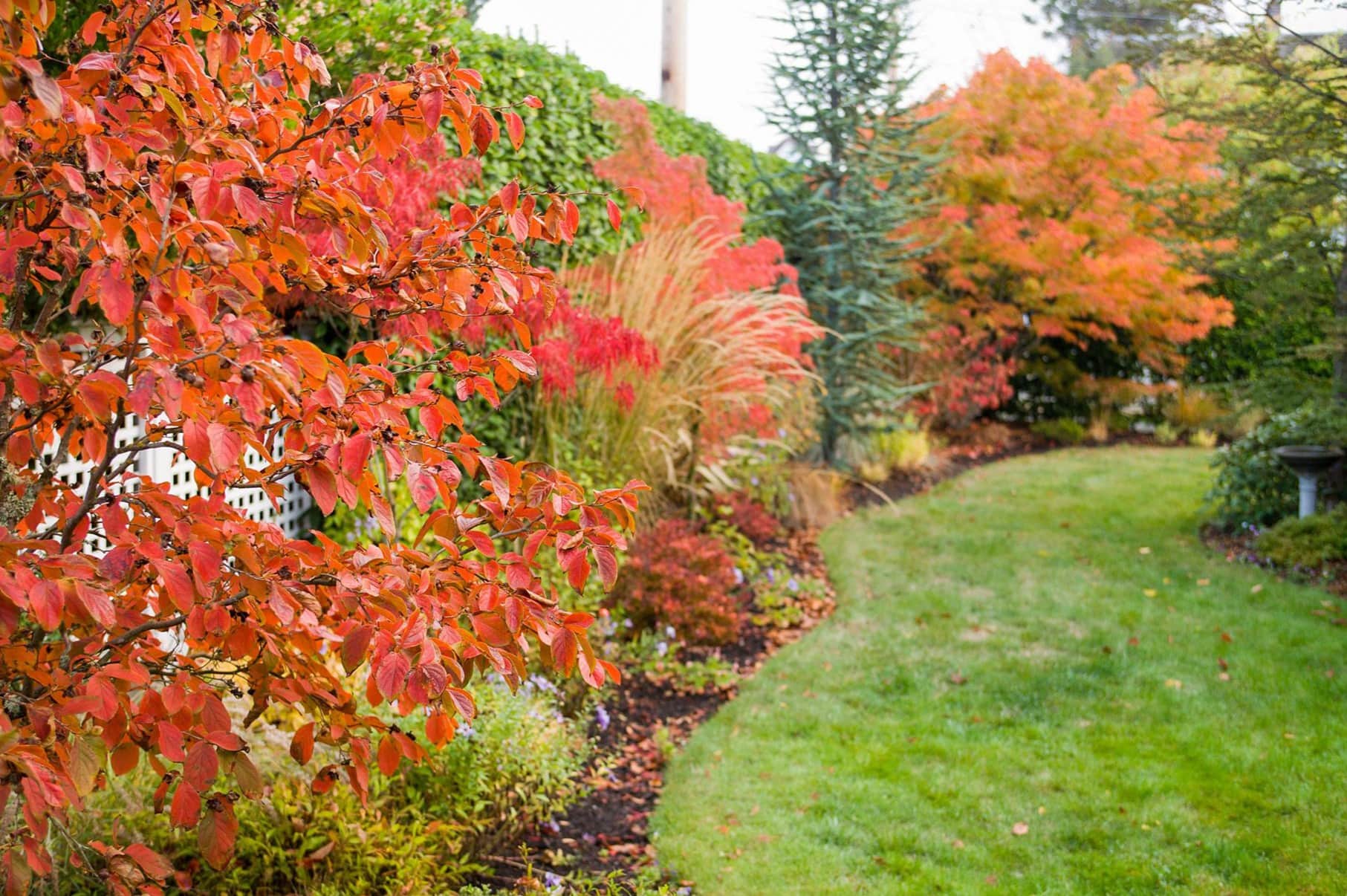
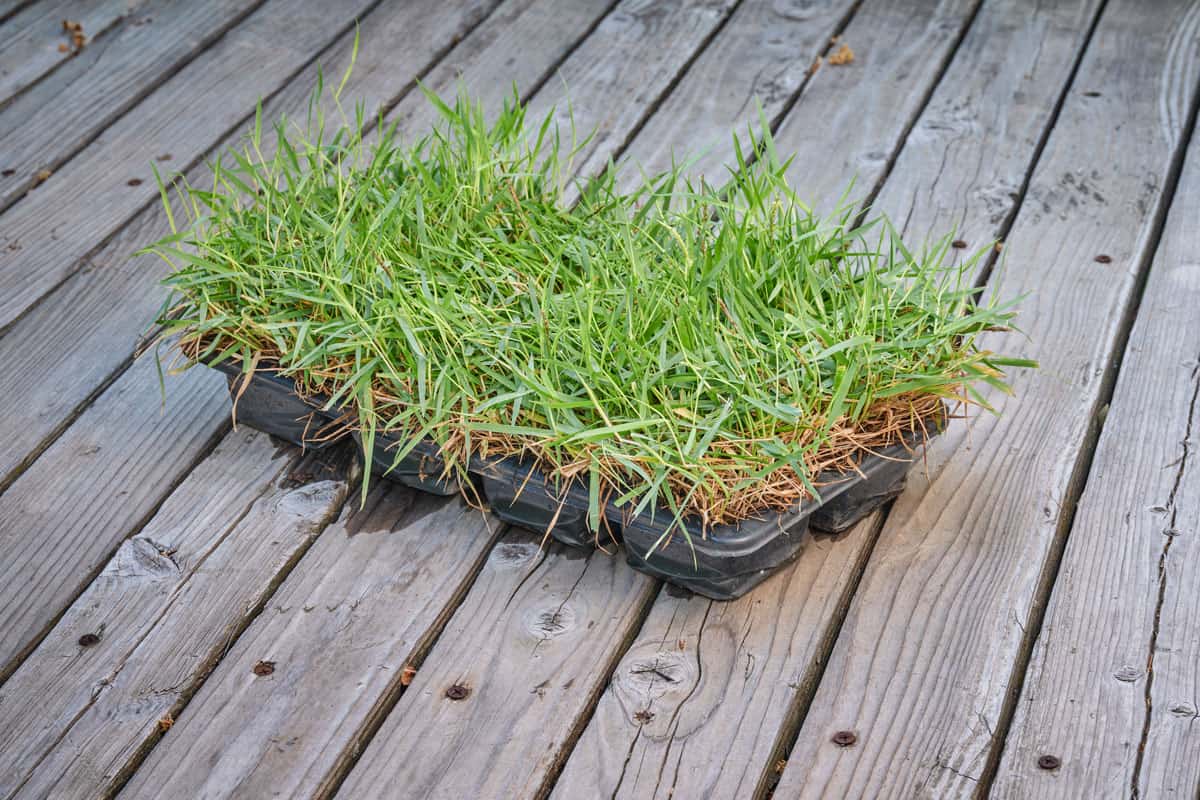
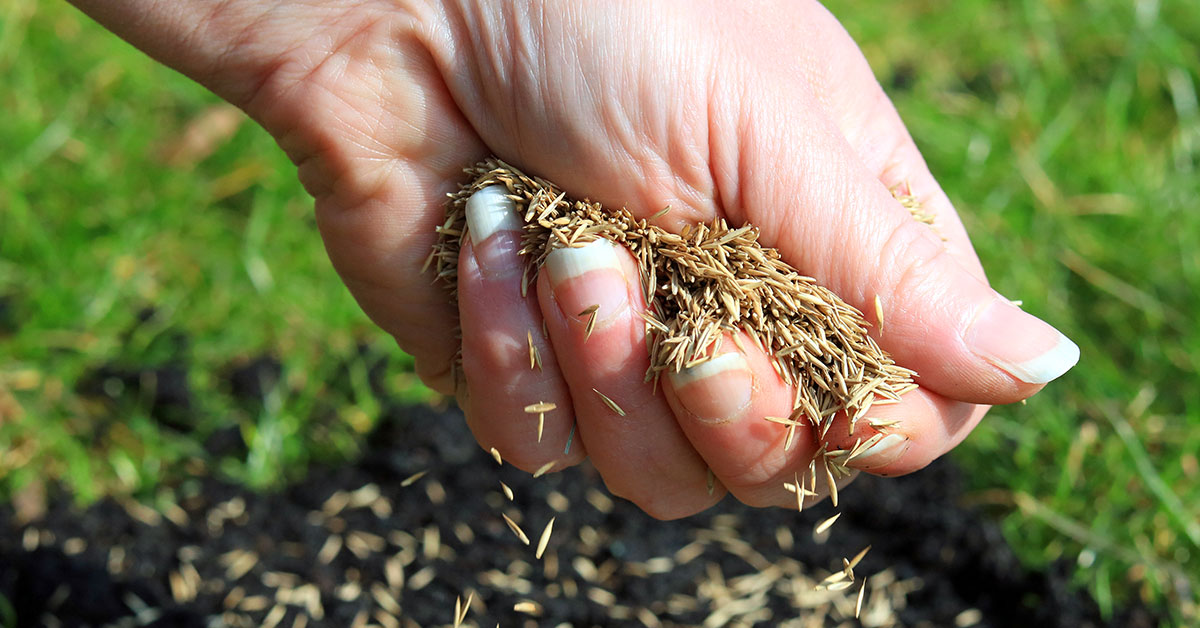
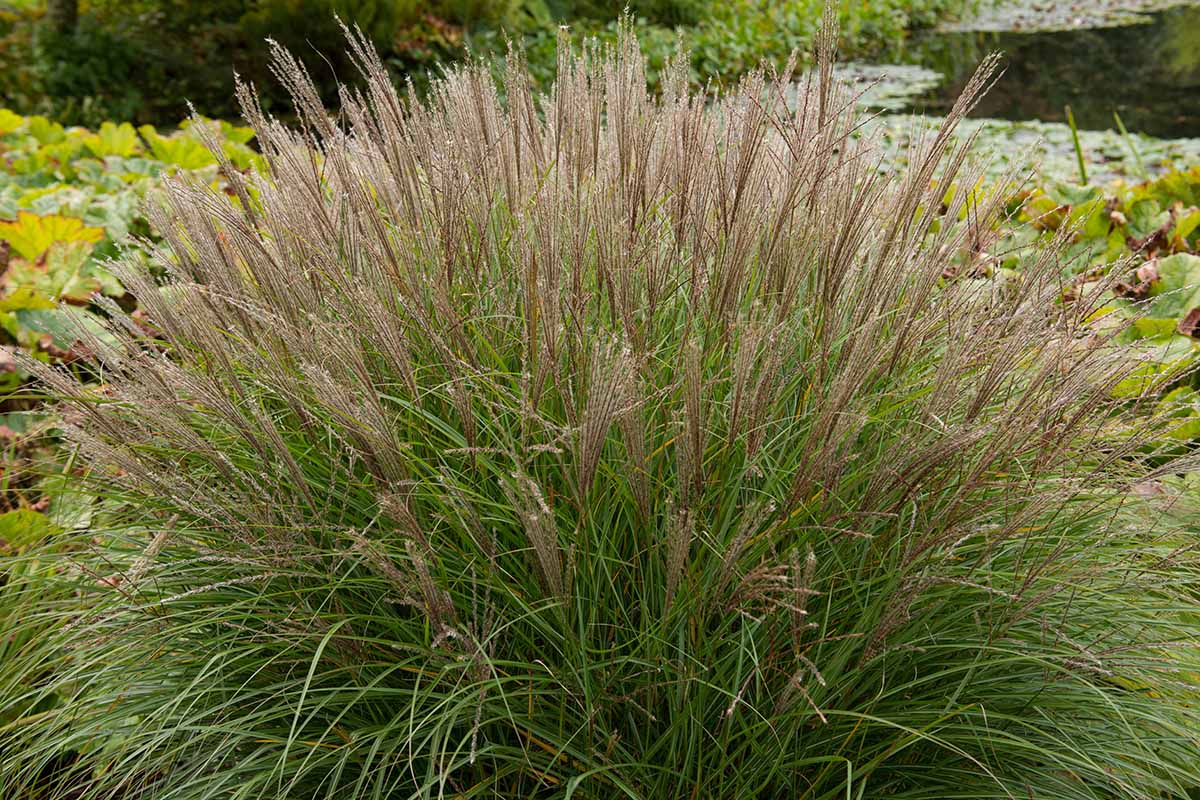
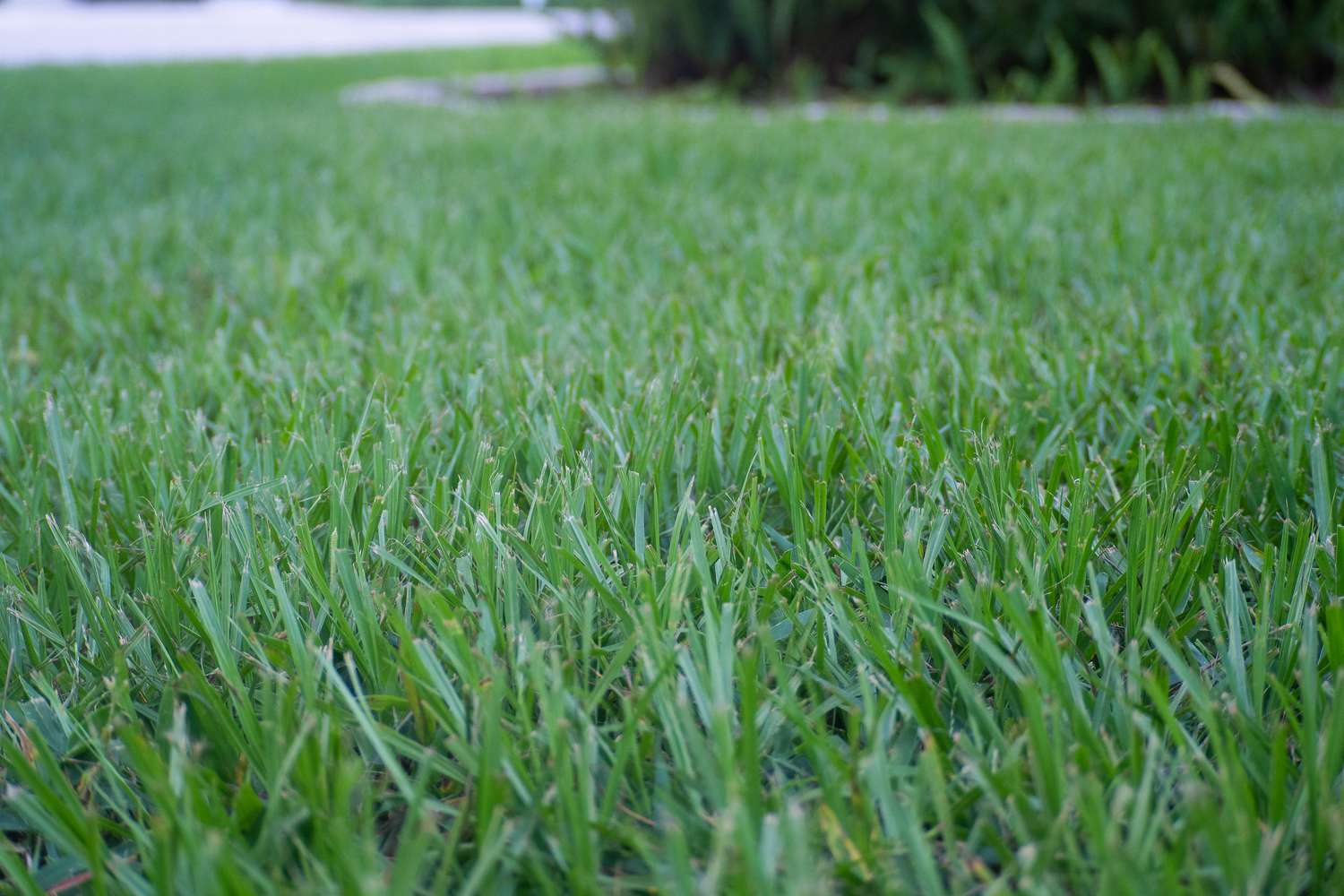
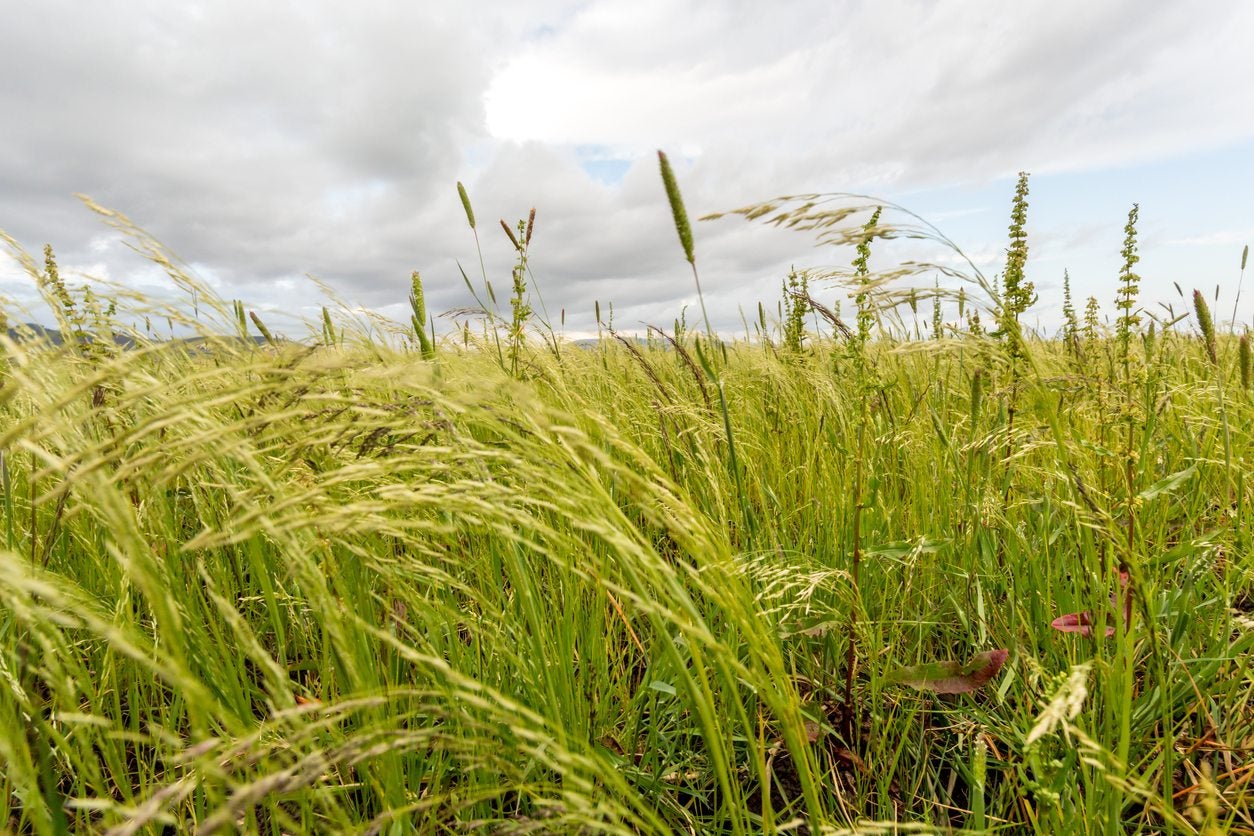
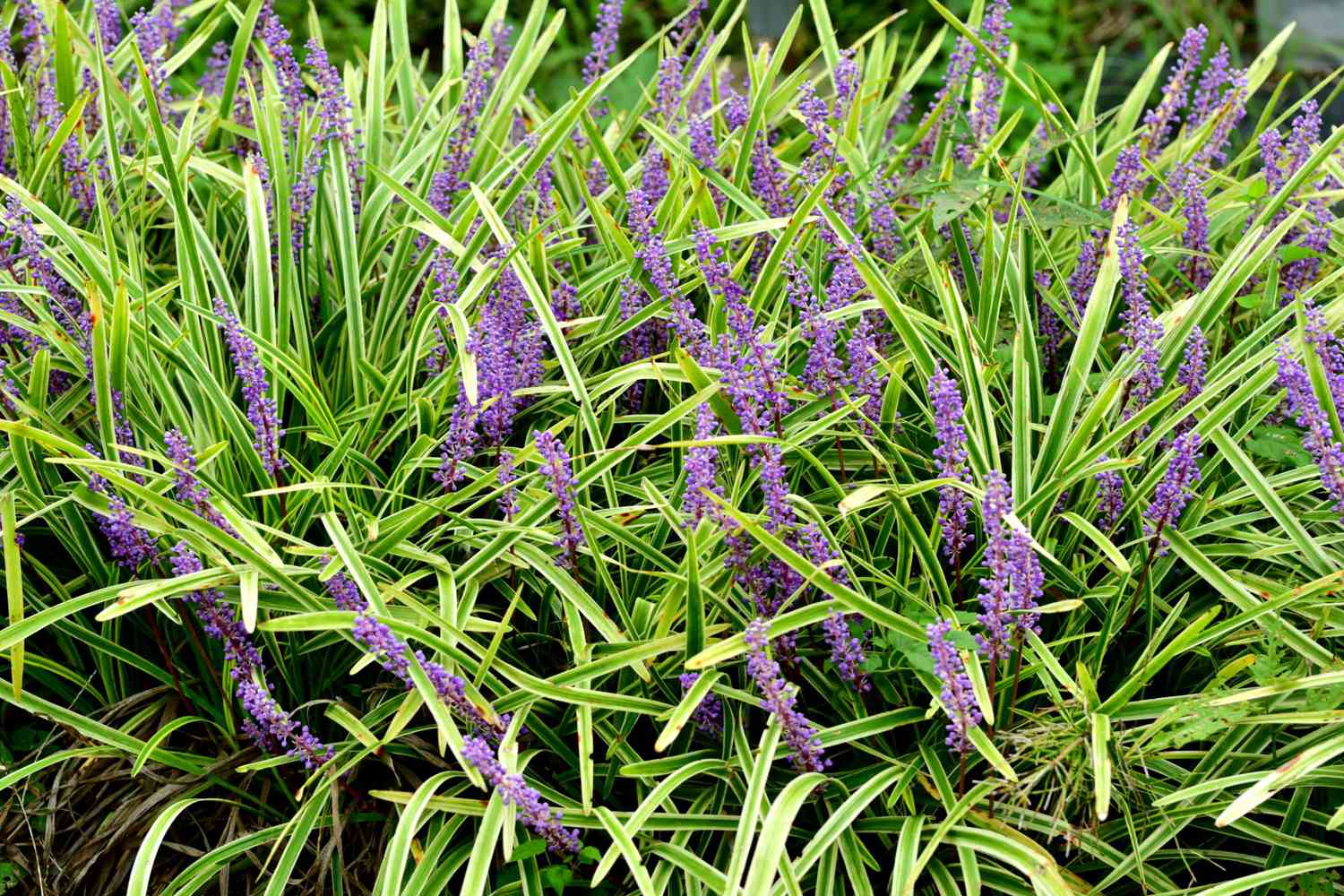

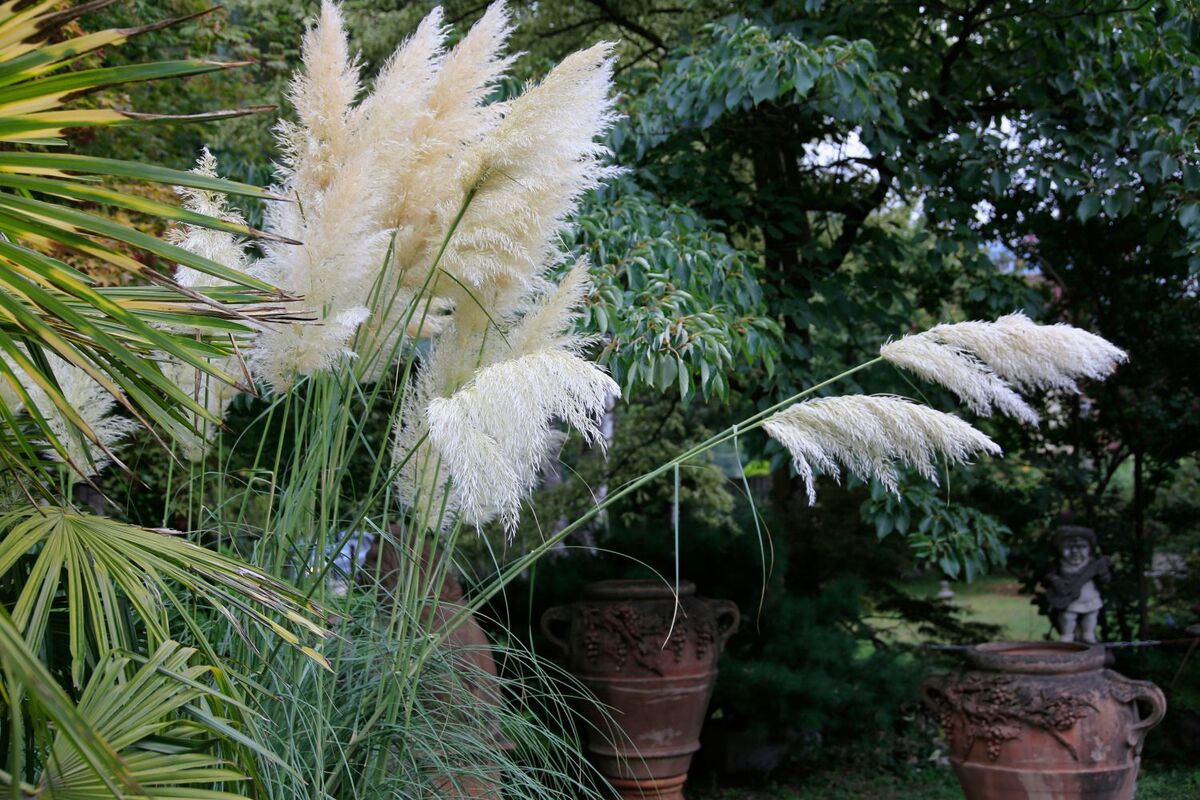
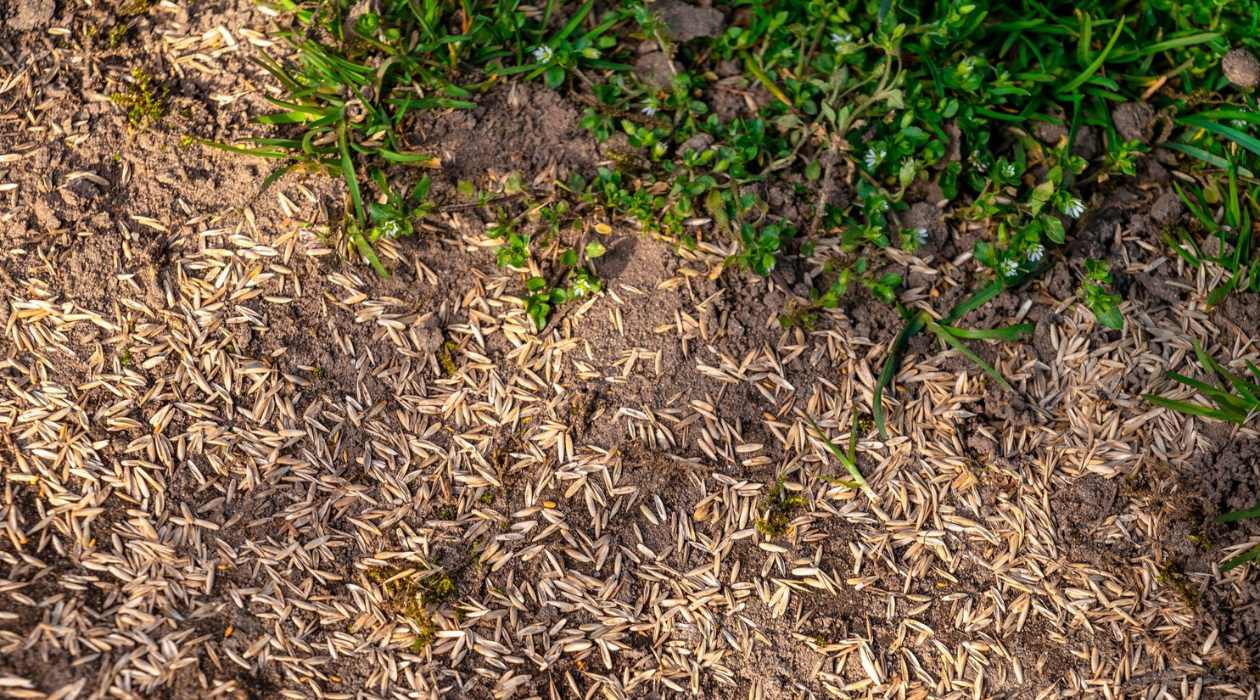

0 thoughts on “When To Plant Grass In Pennsylvania”